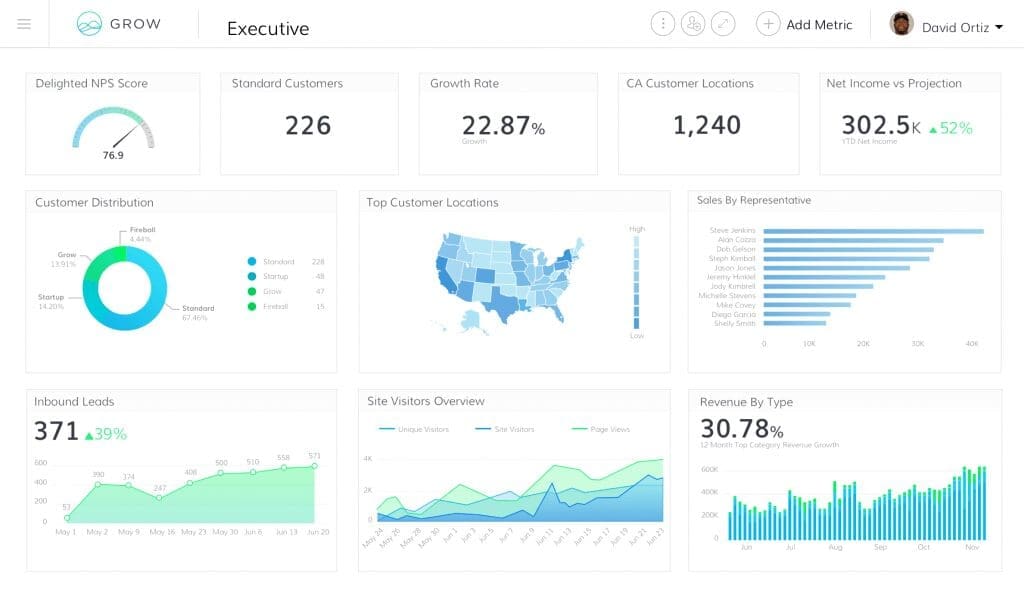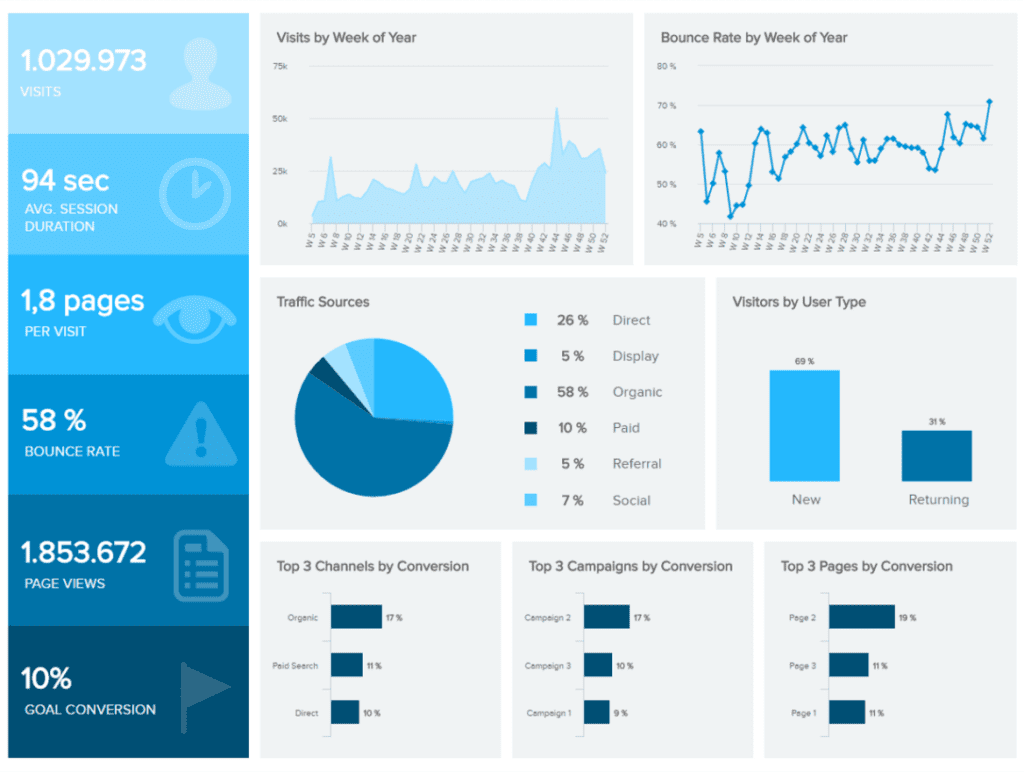
In the fast-paced world of B2B marketing, especially within industrial or manufacturing organizations, having a robust metrics system is crucial. This system should provide real-time insights and leverage predictive analytics to forecast future trends and outcomes. Here’s a detailed guide on developing a system tailored to marketing professionals.
Understanding the Components
Real-Time Dashboards
Real-time dashboards are essential tools that provide up-to-the-minute data visualizations, enabling marketing teams to make informed decisions quickly. These dashboards consolidate data from various sources and present it in an easily digestible format.
Key Features of Real-Time Dashboards
- Real-Time Updates: Ensure that the data displayed is always current, which is vital for timely decision-making
- Customization Options: Allow users to select and arrange the metrics they need, focusing on the most relevant data points for their roles
- Visually Appealing Data Presentation: Use charts, graphs, and other visual elements to enhance data comprehension and engagement
- User-Friendly Interfaces: Make it easy for users to navigate and interact with the data, including features like drill-downs and filters
Predictive Analytics
Predictive analytics uses historical data, statistical modeling, data mining techniques, and machine learning to predict future outcomes. This capability is invaluable for anticipating trends, identifying risks, and making proactive decisions.
Key Features of Predictive Analytics Tools

- Data Preparation and Management: Tools like IBM SPSS and SAS offer robust data preparation capabilities
- Advanced Statistical Procedures: These tools provide a variety of statistical methodologies to analyze and predict future events
- Machine Learning Integration: Many predictive analytics tools incorporate machine learning to enhance the accuracy of predictions
- Customization and Flexibility: Users can create task-specific graphics and models tailored to their needs
Steps to Develop a Metrics System
1. Define Goals and Objectives
Start by defining clear goals and objectives for your metrics system. Identify the key performance indicators (KPIs) and metrics that are most important for your organization’s success
2. Choose the Right Tools
- Select tools that best fit your real-time dashboards and predictive analytics needs. Some popular options include:
- Real-Time Dashboards: Tableau, Power BI, QuickSight, Looker
- Predictive Analytics: IBM SPSS, SAS, Alteryx, RapidMiner, H2O.ai
3. Integrate Data Sources
Ensure your system can gather data from various sources, such as databases, APIs, and spreadsheets. This integration is crucial for providing a comprehensive view of your metrics
4. Design the Dashboard
Create a user-friendly and visually appealing dashboard. Use drag-and-drop interfaces and customizable widgets to make it easy for users to interact with the data
5. Implement Real-Time Data Processing
Use real-time data processing engines to filter, join, aggregate, and transform data streams as they arrive. Tools like Apache Kafka, Confluent, and Tinybird can be used for this purpose
6. Develop Predictive Models
Build predictive models using historical data and machine learning algorithms. Tools like IBM SPSS Modeler and SAS Viya can help in developing and deploying these models
7. Monitor and Refine
Continuously monitor the performance of your metrics system. Use the insights gained to refine your models and dashboards, ensuring they remain relevant and accurate
Best Practices
For Real-Time Dashboard
- Ensure Data Accuracy: Accurate data collection is crucial for reliable metrics
- Focus on User Experience: Design intuitive interfaces that are easy to navigate and understand
- Enable Customization: Allow users to customize their dashboards to meet their specific needs
For Predictive Analytics
- Leverage Machine Learning: Use machine learning to enhance the accuracy of your predictions
- Incorporate Human Feedback: Allow for human oversight to detect and mitigate biases in AI models
- Use Robust Data Preparation: Ensure your data is well-prepared and clean before building predictive models
By following these steps and best practices, marketing professionals in industrial or manufacturing organizations can develop a robust metrics system leveraging real-time dashboards and predictive analytics. This system will drive informed decision-making, improve marketing strategies, and enhance business outcomes.
Subscribe today not to miss a thing.
My blog posts of the week emailed to you in a nice little (email) package.


